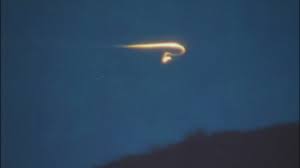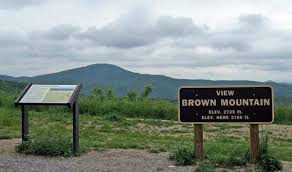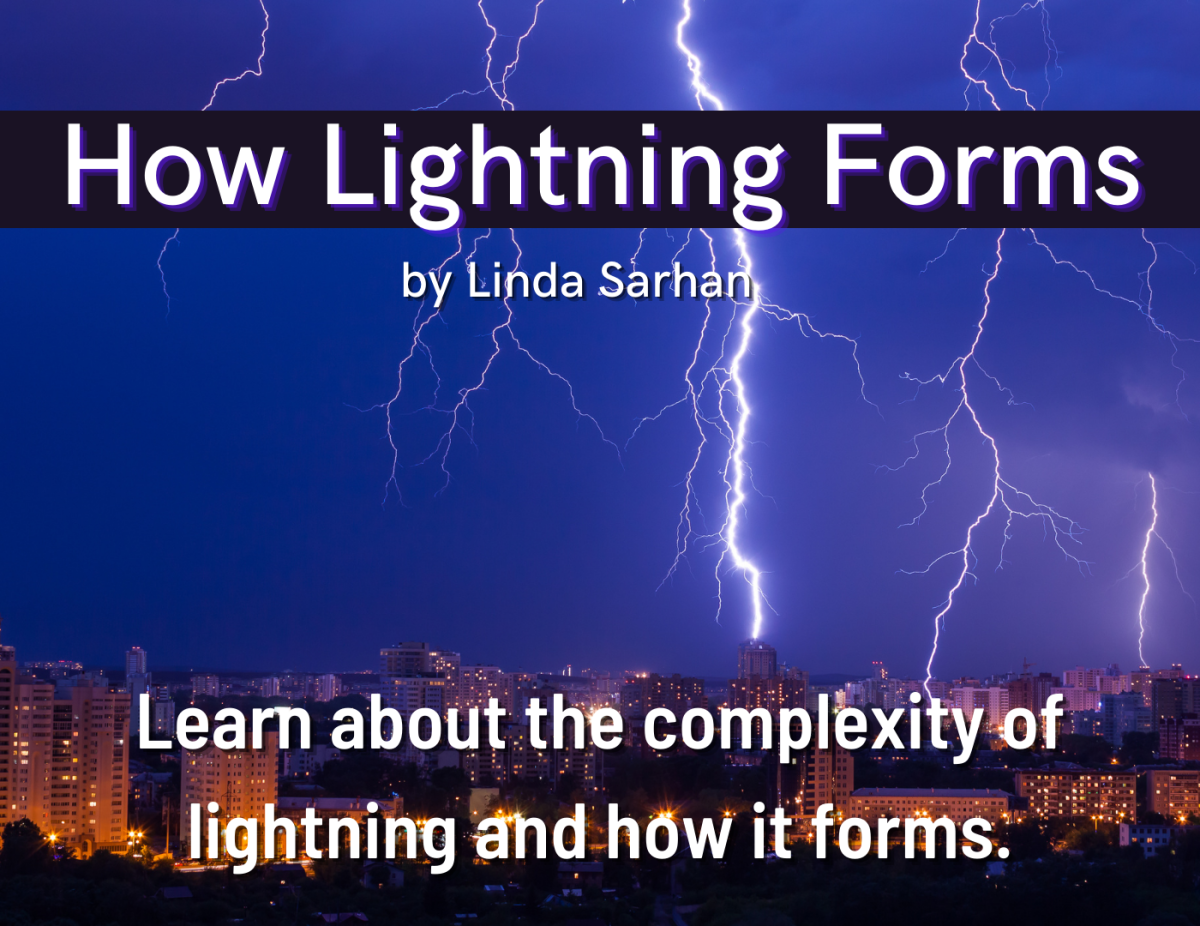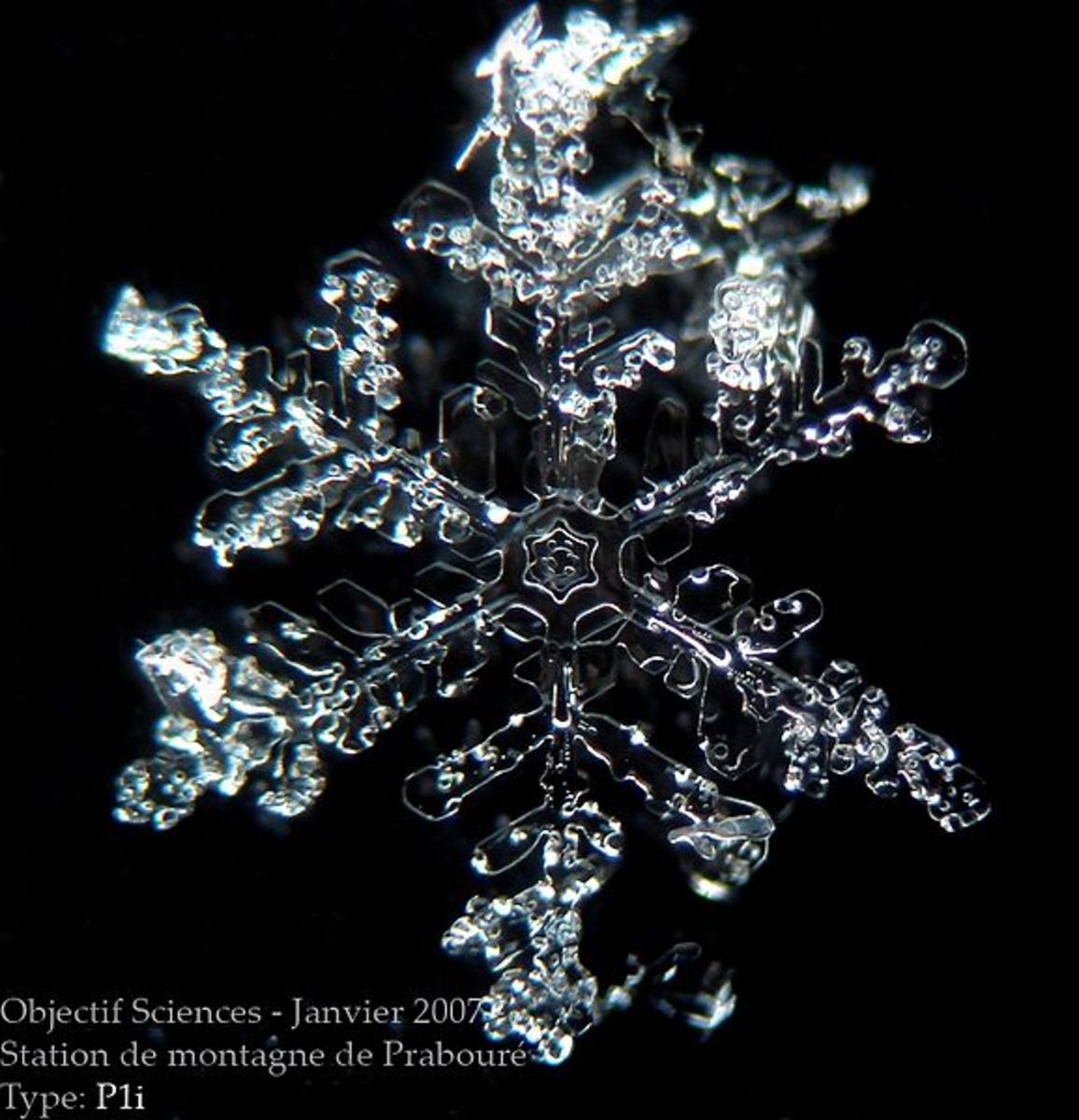Brown Mountain Lights: Still in the Dark?
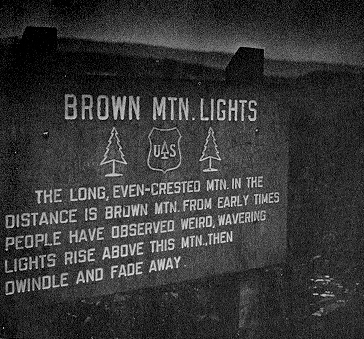
The Brown Mountain Lights are:
Imagine small orbs of light…similar to the glow surrounding the animated film depictions of Tinkerbell and other fairies that are vividly ingrained in the memories from nearly everyone’s childhood. Real-life counterparts of these dazzling illuminations have become a staple of the North Carolina countryside. The Brown Mountain Lights have been a recognizable facet of North Carolina history for hundreds of years. While the name coined for this mysterious phenomenon might not be particularly imaginative, the timeless recurring appearances of these lights do not fail to fire the imagination of the observer.
Brown Mountain is a relatively small landmass located in the foothills of the Blue Ridge Parkway. With an elevation of only 2,6oo feet, this comparatively short yet somewhat broad topographical feature is rather unremarkable in the daylight; but after nightfall, on occasion, Brown Mountain captures the eye and the fascination as if it is the only place to be. These unexplained lights have been described as being similar in size and shape to vehicle headlights when seen from a distance by eyewitnesses. When materializing at dusk, the “ghost lights” as they have come to be known, appear as bright as the emerging stars in the background. As the skies continue to darken, however, the glowing orbs seem to increase in brilliance until they can be perceived from miles around.
Two specific Blue Ridge overlooks are conducive to seeing the lights, mile posts 301(the Green Mountain Overlook) and 310 (the Brown Mountain Lights Overlook) provide unobstructed visual access to the phenomenon. Additionally, Table Rock outside of Morgantown, NC, and Wisemans View (about 4 miles outside of Linville, NC), provide exceptional vantage points and ease of access for nearby populated areas. Unfortunately, mass availability to untrained eyes (and the anxious and hopeful mental states that often accompany them) the vast majority of the “ghost light sightings” made from these various vantage points prove to be false alarms. Lanterns, torches, high-intensity flashlights, and campfires are regularly mistaken for the mysterious lights. As a matter of fact, scientists who have researched the Brown Mountain and its nighttime diversion estimate that only around 5 – 10% of the reported sightings are unexplained. While eyewitness accounts from long distances lack reliability, first-hand close encounters by trained eyes in close proximity serve to deepen the mystery while increasing speculation.
C. W. Smith, a federal law enforcement officer who served 33 years with the United States Forestry Service patrolling the Pisgah National Forest which encompasses the area, never believed in the ghost lights. Even though he was raised in nearby McDowell County, and had heard all of the legends and tales, he had long-ago decided that the lights were a device used to increase tourism to the area: that is until he witnessed them himself while on patrol one evening. From a close proximity, the veteran officer watched what he first perceived to be a bonfire: “go up the mountain, too fast for someone to be using mountain-climbing equipment. It went up to the ridge line and disappeared.” Another forest ranger reported being within arm’s reach of one of the lights as it materialized. Les Burril recounted his experience in the following way: “It looked like a candle…It continued to brighten for a few seconds and just sat there. Another one lit up a little farther away. I probably stood there 8 or 10 minutes and watched. It moved down, smaller and smaller, then blinked out.”
Similar encounters have been shared for hundreds of years…dating back to the Cherokee Indians in the year 1200. There was a devastating battle fought in that year between the Cherokee and the Catawba Indians near Brown Mountain. The Cherokee people believed that the lights were the spirits of the wives and daughters of slain warriors who were out still searching for their loved ones after death. Alternatively, other tribes of natives believed that the lights were the spirits of the slain warriors themselves. As is often the case, subsequent generations and races of people have offered other explanations as to the origin of the “Ghost Lights.”
One such legend states that a planter from the low country ascended the mountain to hunt and became lost. When he did not return, a loyal slave went in search of the planter. The lights are the lantern of this searcher still seeking his master to this day. Another story asserts that the lights are the soul of a woman who disappeared in 1850. It was suspected that she may have been murdered by her husband; so the entire community mobilized, and ventured into the mountains to search for her. The legend says that the lights are the manifestation of the missing woman’s spirit haunting her husband and telling the search party to cease looking because she is already gone. Eventually, the search was called off. Intriguingly, several years later, a pile of bones were found under a cliff on the mountain…and were identified as belonging to the missing woman.
Along with the paranormal and the supernatural, science has taken a stab at determining the cause of the Brown Mountain Lights. In 1771, a German surveyor observed the lights and concluded that the mountain was venting nitrous vapors which were being borne by the wind. His theory was tested with inconclusive results. Similarly, naturalists have stated that the lights are simply glowing marsh gases. The incongruity to this theory is that there are no marshes in immediate proximity to Brown Mountain.
A United States Geological survey form the early portion of the Twentieth Century stated that witnesses were seeing refracted locomotive lamps from the nearby Southern Railway. However, the Great Flood of 1916 a few years later washed away the railroad tracks in the area. During the time needed to accomplish the extensive repairs, the rail traffic ceased…the Brown Mountain lights did not. In the same vein, a single geologist spent a week camping on the mountain in 1922. He concluded that the puzzling lights were nothing more than auto headlights, railroad lamps, and optical illusions. A local newspaper editor took exception to this assertion, calling it “shoddy science.” In his piece, the writer pointed out that the geologist had only two nights that were not cloudy or foggy—calling the extent of the scientist’s effort into question. A more recent scientific explanation was proposed by a research team from Appalachian State University that made trips to the mountain on several occasions.
The scientist heading the group wrote that the team cites “ball lightning” as the cause of the phenomenon. Ball lightning is a little-understood but log observed event. Eye-witnesses to the Brown Mountain Lights have described a misty or firework-like miasma about the size of a beach ball which travels up the mountain. This is a nearly verbatim description of reported incidents of ball lightning. However, the lead scientist concedes that they are at a loss to explain why ball lightning would occur repeatedly in this area over such a period of time.
As with a prehistoric beast swimming in a deep black European loch or an 8 foot tall hairy cryptid roaming the forests of North America and Asia, the appearances of the Brown Mountain Lights can be maddeningly inconsistent—and definitely unpredictable. Thus, they are a difficult study due to a lack of tangible data and evidence. Perhaps, as some have speculated, the lights are simple incendiaries flown on kites by a rogue moonshiner who wants to frighten away any curious individuals who might be getting too close to his operation. Whatever their cause, the Brown Mountain Lights may remain a mystery forever. These unexplained orbs of light have been witnessed for centuries…yet observers remain in the dark.
